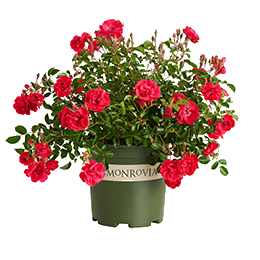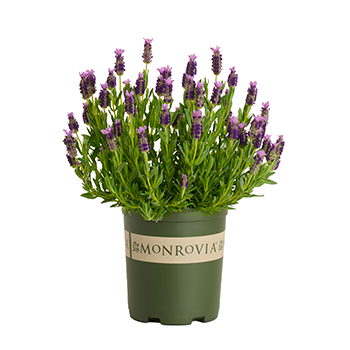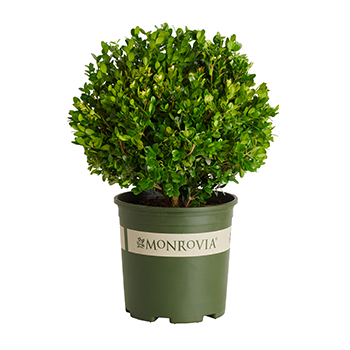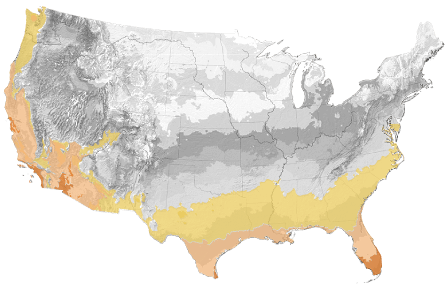You're growing in this Zip Code:
Change LocationDiscover Plants for Your Area
Everblooming Gardenia (Grafted)
Gardenia jasminoides 'Veitchii' (Grafted onto G. thunbergia)
Retailers Near You
No Retailers found within 100 miles of your zipcode
Be Inspired: How to Use this Plant
| Bloom Time | Spring through summer |
|---|---|
| Deciduous/Evergreen | Evergreen |
| Special Features | Easy Care, Improved Pest and Disease Resistance |
| Problems/Solutions | Deer Resistant |
| Growth Rate | Moderate |
| Growth Habit | Rounded |
| Flower Attributes | Flowers for Cutting, Fragrant, Long Bloom Season, Showy Flowers |
| Landscape Use | Border, Container, Espalier, Hedge, Suitable for Topiary |
| Design Ideas | With its low, dense growth, this Gardenia is a favorite for limited space. Mounding habit is complementary in Asian-inspired gardens and on mounds with boulders where it appears to spill down a slope. Best planted close to outdoor living spaces in heavy ceramic pots or raised planters to enjoy the lovely fragrance. Keep away from big bushy shrubs which can overwhelm this smaller Gardenia. |
| Flower Color | White |
| Foliage Color | Green |
| Companion Plants | Fuchsia (Fuchsia); Azalea (Azalea); Daphne (Daphne); Camellia (Camellia); Agapanthus (Agapanthus) |
| Care Instructions | Thrives in organically rich, slightly acidic, well-drained soils. Handle with care when transplanting; gardenia roots are best undisturbed. Water deeply and regularly during the first growing season to establish an extensive root system. Feed with an acid fertilizer after bloom. Keep roots cool with a thick layer of mulch. |
| History | Gardenia is a native of China where it has been cultivated for over a thousand years. Plants reached America directly from Asia in 1761. John Ellis cultivated them first at his South Carolina plantation. These would be the progenitor for all gardenias in England. Ellis named the genus for his friend, Dr. Alexander Garden, a physician of Charleston. Its chief propose for early cultivation was for the cut flower industry as a heavy fragrance corsage. Gardenia varieties are improved when grafted onto Gardenia thunbergii rootstock due to its superior root system and its resistance to Root-knot Nematodes, a key benefit to the southeastern part of the United States. The vigorous rootstock is more efficient at soil nutrient uptake. |
| Bloom Time | Spring through summer |
|---|---|
| Deciduous/Evergreen | Evergreen |
| Special Features | Easy Care, Improved Pest and Disease Resistance |
| Problems/Solutions | Deer Resistant |
| Growth Rate | Moderate |
| Growth Habit | Rounded |
| Flower Attributes | Flowers for Cutting, Fragrant, Long Bloom Season, Showy Flowers |
Retailers Near You
No Retailers found within 100 miles of your zipcode
Retailers Near You
No Retailers found within 100 miles of your zipcode
Buy Online
We cannot currently ship this product to your zip code.
About Us
We have been pioneers and craftsmen in the art of growing plants for nearly
100 years. Since our founding in Southern California by Harry E. Rosedale, Sr.
in 1926, we have been absolutely dedicated and obsessed with quality.
We have been pioneers and craftsmen in the art of growing plants for nearly 100 years. Since our founding in Southern California by Harry E. Rosedale, Sr. in 1926, we have been absolutely dedicated and obsessed with quality.






